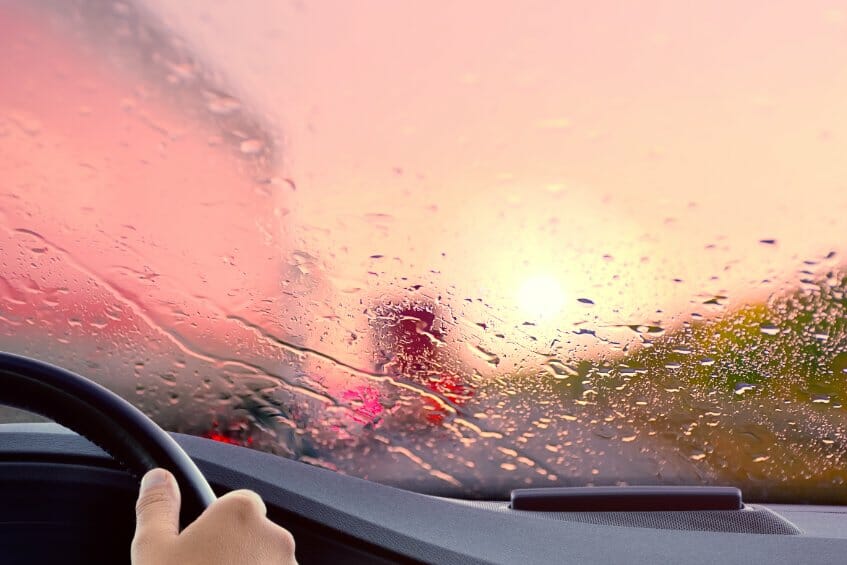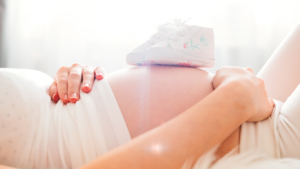We know heavy rain and blowing dust creates challenging driving conditions, but they can also affect your car’s performance and appearance. Your Neighborhood Auto Repair Professionals (NARPRO) are available to explain how to protect your car and stay safe on the road during monsoon storms.
READ ALSO: Here’s why the smell of desert rain may be good for your health
How the monsoon can hurt your car
1. Appearance
Dust can cause fine scratches in your vehicles’ paint. Although some dust will blow off while driving, washing your car as soon as possible helps maintain your paint. A good coat of quality wax before the storms will not only protect the paint it makes it easier to clean as well.
2. Comfort
Driving your car in monsoon storms your cabin filter will likely become contaminated/restricted with dust affecting airflow and air conditioning performance. If you’re driving in a storm, switch your A/C to “recirculate” or “Max” to draw the air from the interior rather than outside.
3. Performance
Driving in storms can drastically shorten the engine air filter’s life. Dust can restrict the filter, reducing fuel economy, causing poor performance and, in extreme cases can damage your engine.
4. Electrical systems
If the rubber molding around your windshield, windows and doors are not in good shape, water can get in and create big problems. It could take a couple months before your electrical systems start malfunctioning or you could flood your engine and experience problems immediately.
5. Engine failure
Yes, if you drive through floodwaters you risk damage or even catastrophic failure of your engine and/or transmission.




